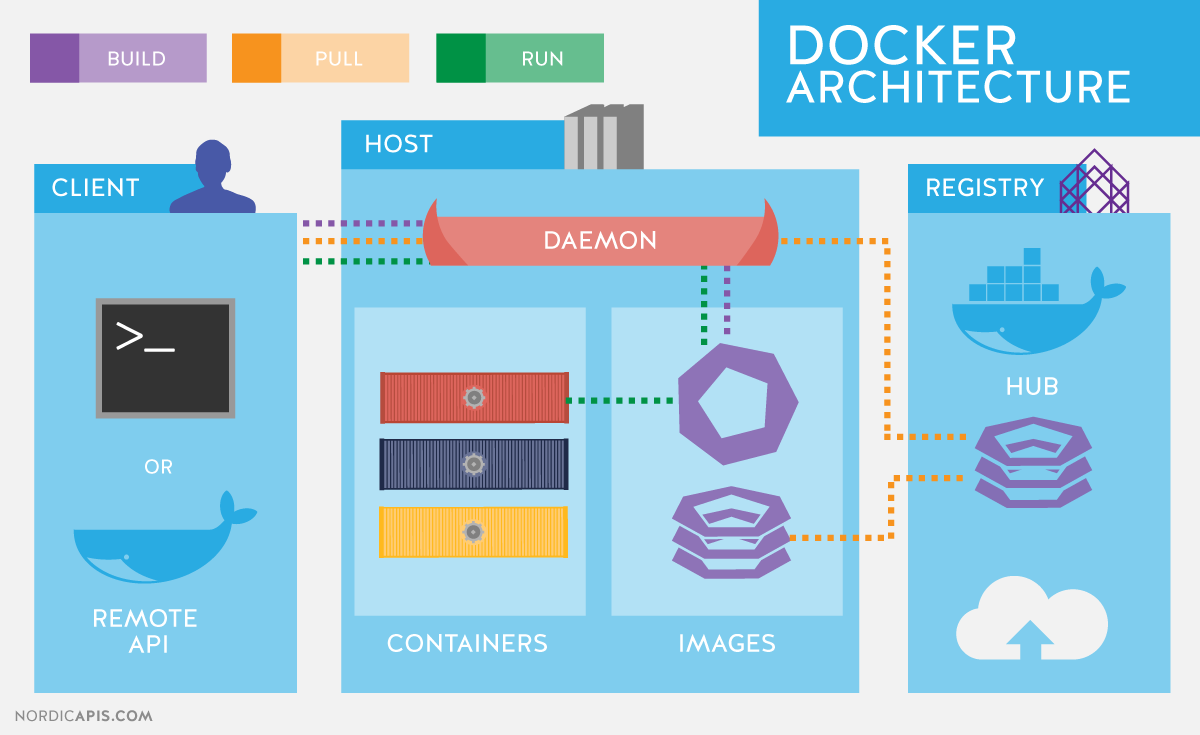Docker and CPDs

This post will talk about Docker and its use in data centers. The objective is to know above what this powerful tool consists of and what advantages it offers us and once its function is known, try to apply it to improve a CPD environment.
First, before relating the use of Docker with the CPDs, a brief introduction will be made about what Docker is and what advantages it brings. Docker is an open source project, that is, a software model based on open collaboration, which automates the deployment of applications within so-called software containers. This provides one more layer of abstraction and automation of application virtualization on various operating systems. It is worth noting the isolation of Linux kernel resources that Docker performs, as well as the "cgroups" or namespaces to allow the creation of independent containers between them so that they are executed in a single Linux instance and thus avoid the overload of starting and maintain virtual machines.

Currently, the use of Docker in application development is widely used and in the near future it may become a basic tool for those who design applications. Therefore Docker compatibility with other devices and the flexibility of using containers will be an increasingly important requirement.
Once a brief introduction has been made on what Docker is, what should be seen is how Docker can be useful in a CPD environment.
A great advantage of Docker is the optimization of resources and the savings in hardware and energy that it causes. This is one of the most important reasons for its use in CDPs since the investment in hardware and the energy cost of having a CPD in operation can be the major expenses of this. Another big reason is the flexibility it gives clients to develop or work with. The possibility of having devices that adapt to its operation allows with much less resources to have a greater capacity to adapt to different applications and jobs that are done with Docker.
An example of how this technology is very good for CPDs can be seen in the agreement between HPE and Docker. This agreement was based on improving the compatibility and use of Docker on its new servers. In this way, the company's new servers would come onto the market with a great advantage over their competitors, being able to use and manage Docker in a much more efficient and optimal way. These servers have Docker Engine and Docker support that allow customers to create distributed applications compatible with any infrastructure.


In conclusion, Docker is a very powerful tool that allows us to make better use of resources by using independent containers. This can be very useful in a data center in order to minimize physical components and thus save both physical space and energy resources that would be necessary to maintain more equipment. Seeing the current use of Virtualization and the great use of virtual machines in CPDs, this new way of virtualization we believe may be the next step or the evolution of what we use so far.
Posted by Lluís Camino Pérez